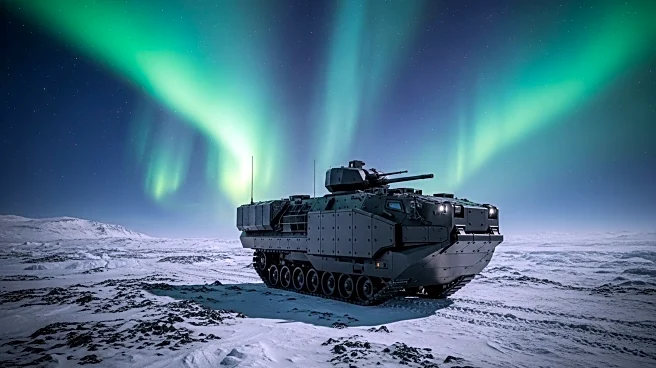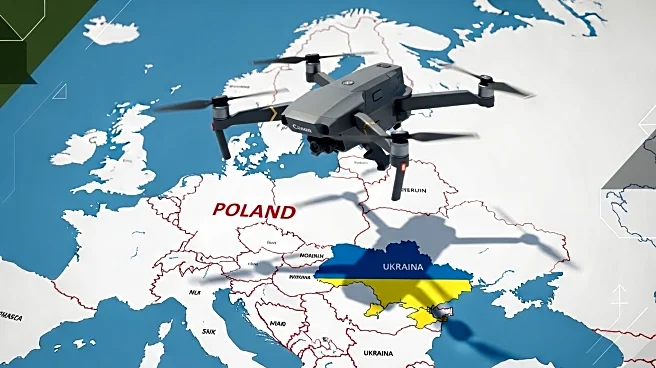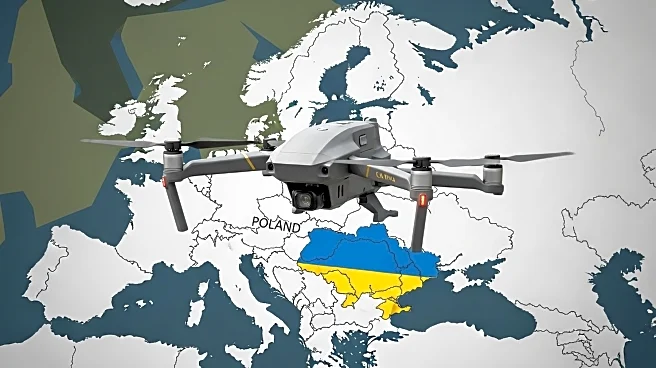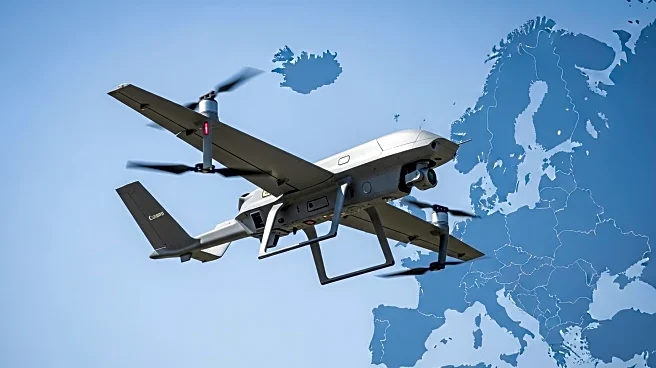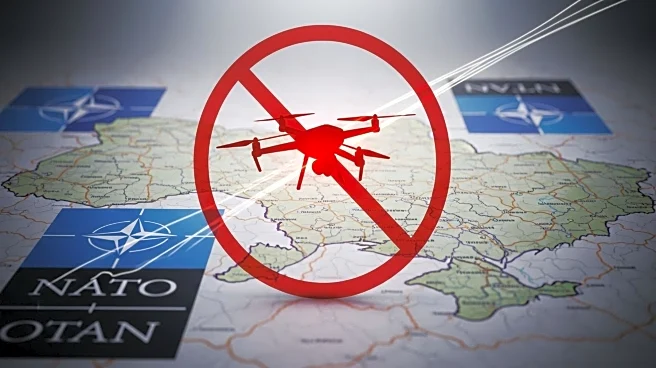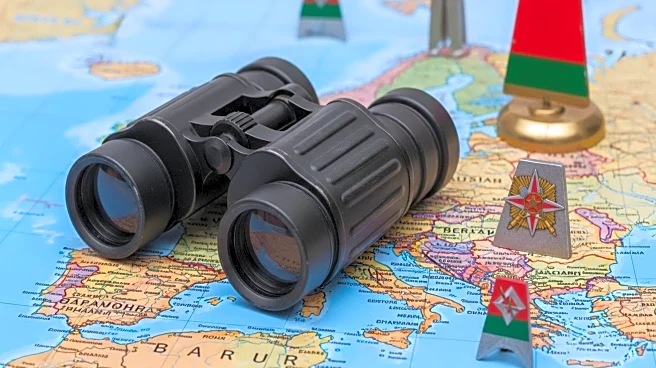What's Happening?
Russian fighter jets breached Estonian airspace, marking a significant escalation in tensions between Russia and NATO. The incursion involved MiG-31 aircraft, which are capable of carrying Russia's Kinzhal hypersonic missile. The jets circled near Tallinn for approximately 12 minutes before Italian F-35s were scrambled to intercept them. Estonia has summoned Russia's chargé d'affaires in response to the violation, which is the fourth such incident this year. NATO spokesperson Allison Hart condemned the action as reckless, while EU foreign policy chief Kaja Kallas labeled it an extremely dangerous provocation. This incident follows recent Russian drone incursions into Poland and Romania, prompting Poland to invoke NATO's Article 4 for consultations.
Why It's Important?
The breach of Estonian airspace by Russian fighter jets underscores the growing tensions between Russia and NATO member states. Such provocations could lead to heightened military readiness and increased defense spending among NATO countries, particularly those on the alliance's eastern flank. The incident also highlights the strategic importance of Estonia and other Baltic states in the broader geopolitical landscape. As Russia continues to test NATO's resolve, member states may push for stronger collective security measures and increased sanctions against Russia. The situation could further strain EU-Russia relations and impact regional stability.
What's Next?
Estonia and other affected NATO members are likely to seek further diplomatic and military support from the alliance to deter future provocations. The EU may consider additional sanctions against Russia, targeting its energy and financial sectors. NATO could increase its military presence in Eastern Europe to reassure member states and deter Russian aggression. The international community will closely monitor Russia's actions, and any further violations could lead to a more robust response from NATO and the EU.
Beyond the Headlines
The repeated airspace violations by Russia may reflect broader strategic objectives, such as testing NATO's response capabilities and sowing discord among member states. These actions could be part of a larger effort by Russia to assert its influence in Eastern Europe and challenge the post-Cold War security architecture. The incidents also raise questions about the effectiveness of existing international norms and agreements designed to prevent such provocations.



